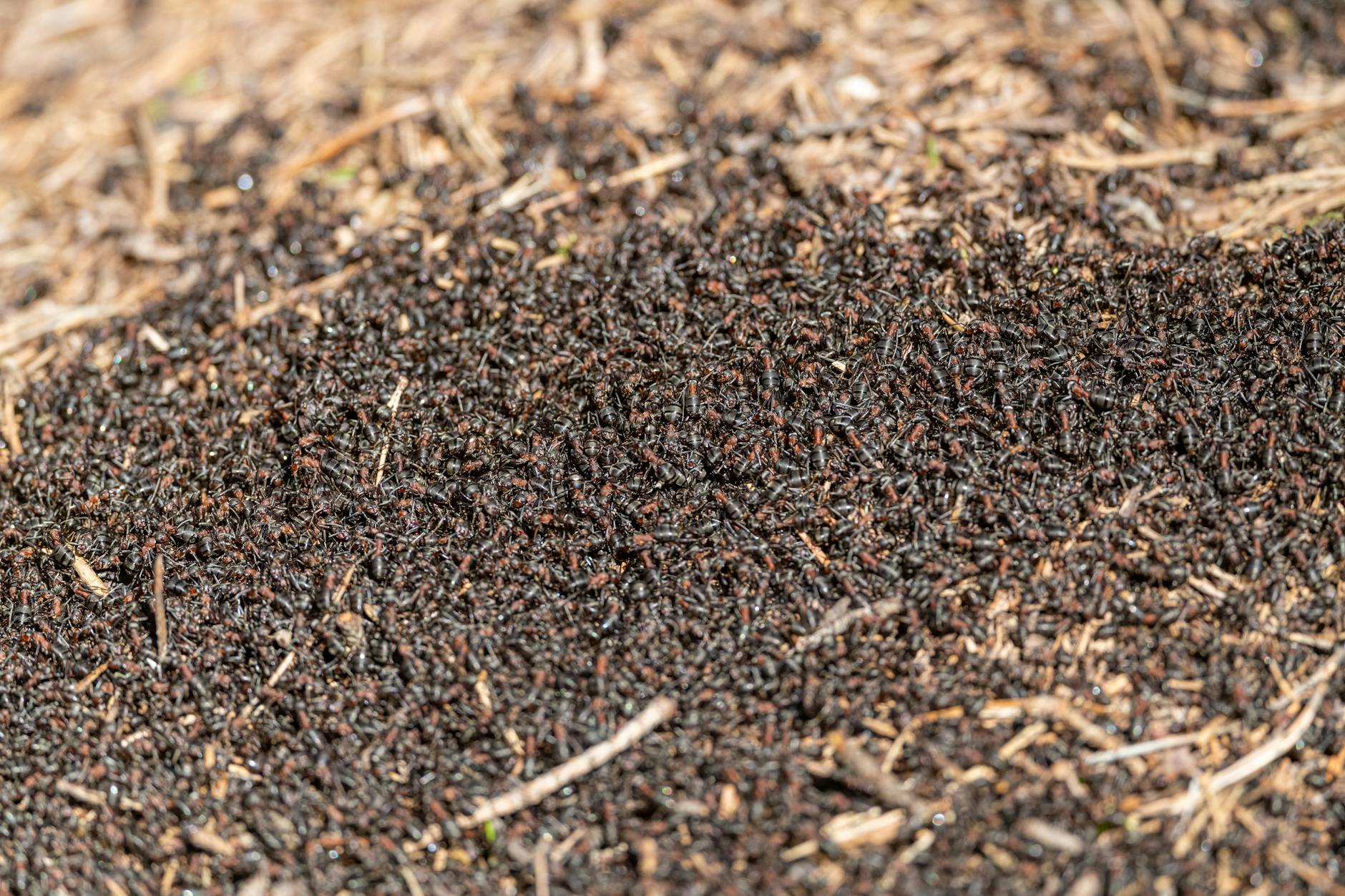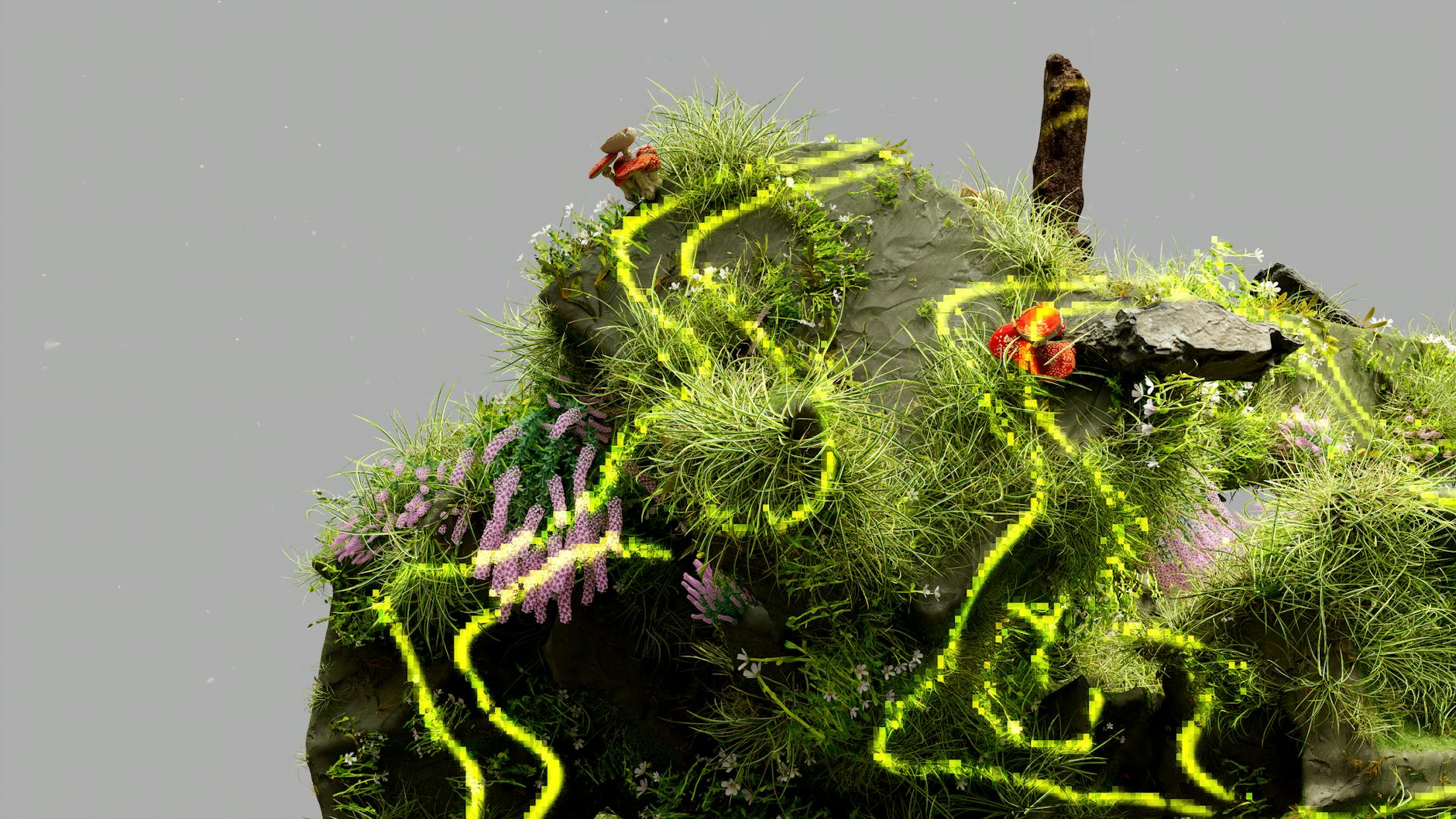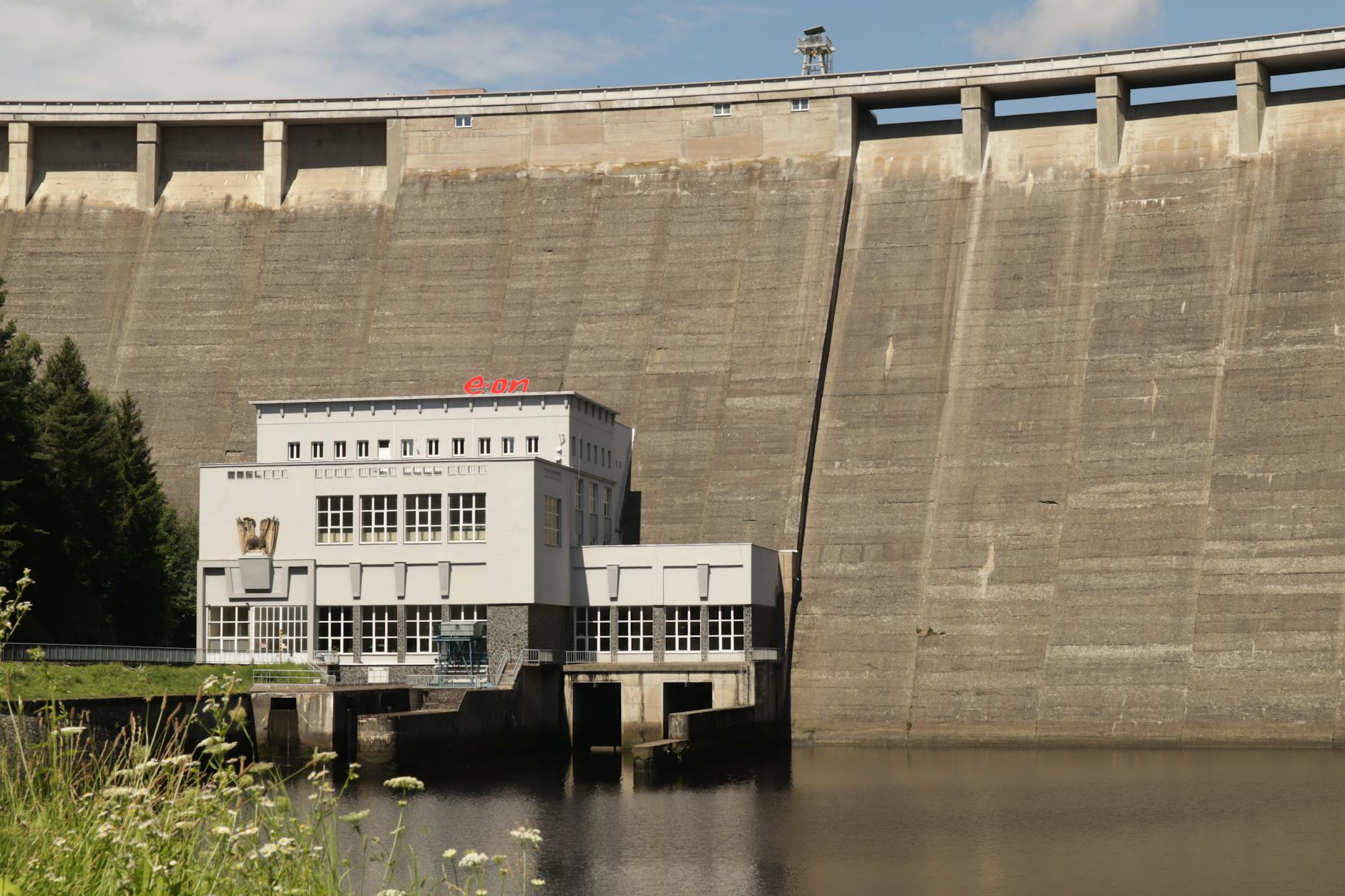Swarm Robotics: Enhancing Coordination in Autonomous Systems
Swarm robotics has been gaining momentum in the field of autonomous systems, offering a revolutionary approach to distributed robotics. By leveraging the power of collective intelligence, swarm robotics enables a large number of simple robotic agents to work together seamlessly to achieve complex tasks that would be challenging for a single robot to accomplish. In this article, we will delve into the world of swarm robotics, exploring how these systems effortlessly coordinate thousands of robots to achieve remarkable results.
Understanding the Basics of Swarm Robotics
At the core of swarm robotics is the concept of decentralized control and self-organization. Unlike traditional robotics systems where a central controller dictates the actions of individual robots, swarm robots operate autonomously, making decisions based on local interactions with their environment and neighboring robots. This distributed approach allows swarm robots to adapt quickly to changing conditions and exhibit emergent behaviors that are not pre-programmed but arise from the interactions between individual agents.
The Role of Communication in Swarm Robotics
Communication plays a crucial role in swarm robotics, enabling robots to share information, coordinate their actions, and maintain spatial awareness. By exchanging data through wireless communication protocols, such as Zigbee or Bluetooth, swarm robots can form dynamic networks, disseminate information, and synchronize their movements to achieve collective goals. In essence, communication acts as the glue that holds the swarm together, allowing robots to work in harmony towards a common objective.
Effortless Coordination through Emergent Behaviors
One of the key strengths of swarm robotics is its ability to exhibit emergent behaviors, where complex patterns and behaviors emerge from the interactions of numerous simple robots. Through local interactions and basic rules of engagement, such as avoiding collisions or following gradients of stimuli, swarm robots can self-organize and exhibit sophisticated collective behaviors, such as flocking, foraging, or object transportation. These emergent behaviors enable swarm robots to achieve tasks that would be impractical or impossible for a single robot to perform.
Adaptive Decision-Making in Swarm Robotics
In a swarm robotics system, each individual robot acts as a sensor, processor, and actuator, capable of making decisions based on local information and environmental cues. This distributed decision-making process allows swarm robots to adapt to uncertainties, obstacles, and dynamic environments without the need for centralized coordination. By leveraging the collective intelligence of the swarm, robots can self-regulate their behaviors, optimize task allocation, and maintain robustness in the face of failures or disruptions.
Applications of Swarm Robotics
Swarm robotics has a wide range of applications across various industries, including agriculture, search and rescue, construction, and environmental monitoring. In agriculture, swarm robots can collaborate to plant crops, monitor soil conditions, and harvest produce efficiently. In search and rescue operations, swarm robots can explore challenging terrains, locate survivors, and coordinate rescue efforts seamlessly. In construction sites, swarm robots can work together to assemble structures, transport materials, and perform maintenance tasks with precision. Moreover, in environmental monitoring, swarm robots can collect data on pollution levels, wildlife habitats, and weather patterns to support conservation efforts.
Conclusion
Swarm robotics represents a paradigm shift in the field of autonomous systems, offering a scalable, adaptive, and efficient approach to robotic coordination. By harnessing the power of collective intelligence and emergent behaviors, swarm robots can collaborate seamlessly to achieve complex tasks with minimal centralized control. As the technology continues to advance, we can expect to see swarm robotics playing a vital role in various real-world applications, revolutionizing industries and shaping the future of robotics.


